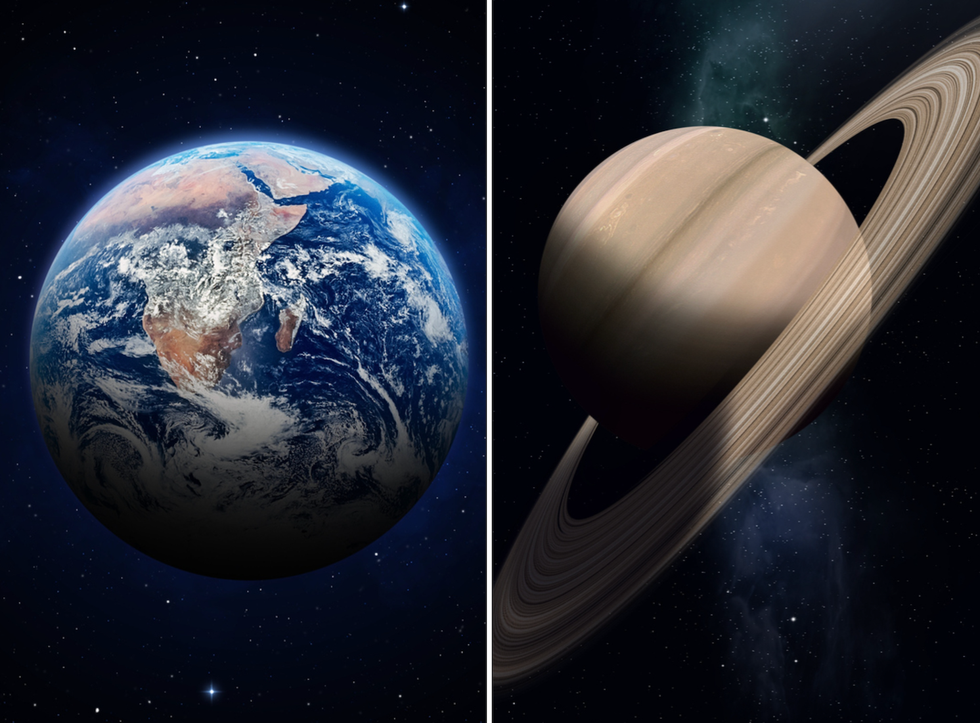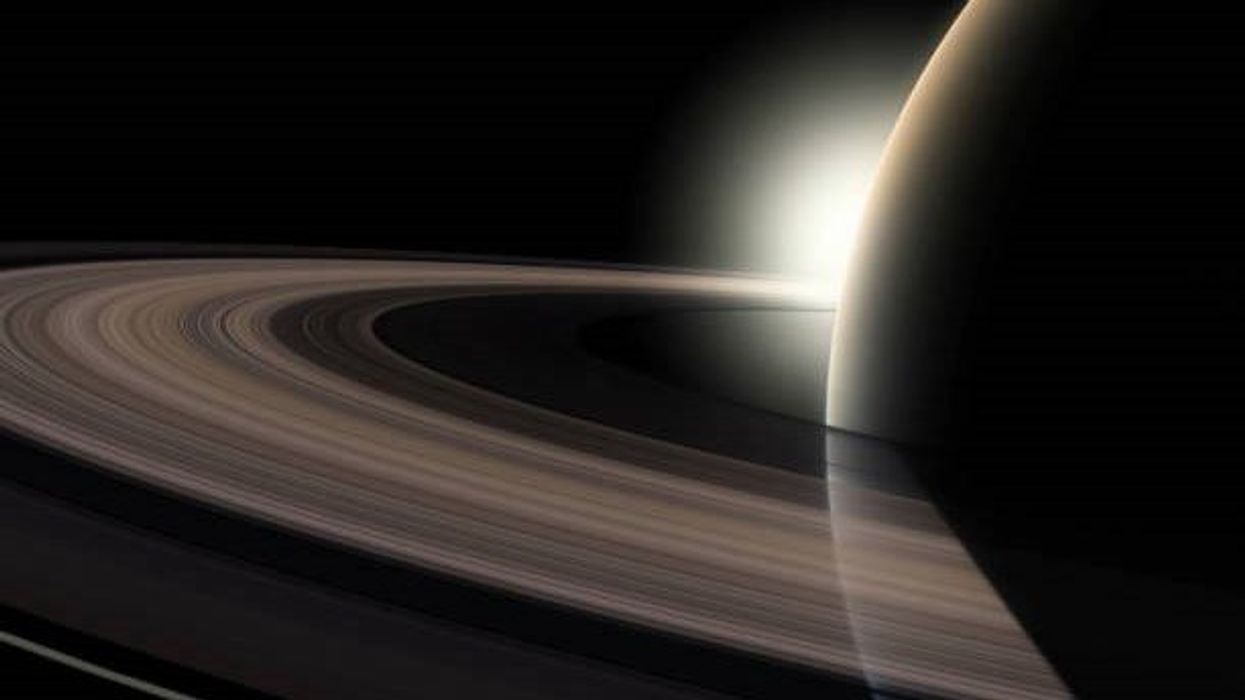Science & Tech
Sinead Butler
Jul 08, 2025
Saturn's Rings Will Vanish By 2025 But Experts Aren't Concerned
unbranded - Newsworthy / VideoElephant
Saturn is a planet widely recognisable for its iconic rings but a new study suggests Earth may also have had a similar ring system over 50 million years ago.
As part of the research, 21 asteroid craters from 466 million years ago - otherwise known as the “Ordovician impact spike” - were analysed and these all just so happened to be located in an area close to the equator.
This caught the scientist's attention for two reasons, the first being that at this time period, over 70 per cent of the planet’s continental crust was outside this area.
Secondly, asteroid strikes tend to be random making the impact of craters can be seen in various locations - just like we see craters all over the Moon and Mars.
Before, it was initially thought that a large asteroid was the cause of this impact pattern close to the equator.
But now, this latest study theorises tidal forces caused the asteroid to break up which then formed a debris ring around Earth, just like Saturn.
“Over millions of years, material from this ring gradually fell to Earth, creating the spike in meteorite impacts observed in the geological record,” Andy Tomkins, the study's author from Monash University in Australia, explained.
“We also see that layers in sedimentary rocks from this period contain extraordinary amounts of meteorite debris.”

So how could a possible debris ring impact conditions on Earth?
It is thought that such a ring would've cast a shadow on part of the Earth and thus creating “potential climate implications” through the ring blocking sunlight.
More specifically, this could have contributed to the “Hirnantian Icehouse”, a global cooling event which was one of Earth's coldest times in the past 500 million years.
Back then (463–444 million years ago) it was a strange time because while there was a period of intense cooling, at the same time there were also high levels of the planet-heating gas carbon dioxide.
Researchers also looked at the surface area across continents which would have been capable of preserving craters at that time which were Western Australia, Africa and the North American Craton, along with small areas of Europe.
Despite just 30 per cent of the land area being close to the equator in this period, every impact crater was discovered in this region.
The likelihood of this happening is equivalent to tossing a three-sided coin – if this was a thing – and getting tails 21 times.
“The resulting fragments formed a debris ring that decayed over several tens of millions of years resulting in an anomalous spike in impact cratering rate,” researchers said.
“This hypothesis may explain why all impact structures from this time are located proximal to the equator.”
All in all, this latest theory impacts our understanding of how Earth's climate is affected by possible events like this.
To conclude, they added: “We have estimated the probability that this impact structure distribution resulted from random unrelated impactors at 1 in 25 million."
This study was published in the Earth and Planetary Science Letters journal.
This article was originally published on 20 September 2024
Why not read...
AI would sacrifice humans to avoid being replaced
Scientists have found 'evidence' of advanced alien civilisations
Sign up to our free indy100 weekly newsletter
How to join the indy100's free WhatsApp channel
Have your say in our news democracy. Click the upvote icon at the top of the page to help raise this article through the indy100 rankings.
Top 100
The Conversation (0)














